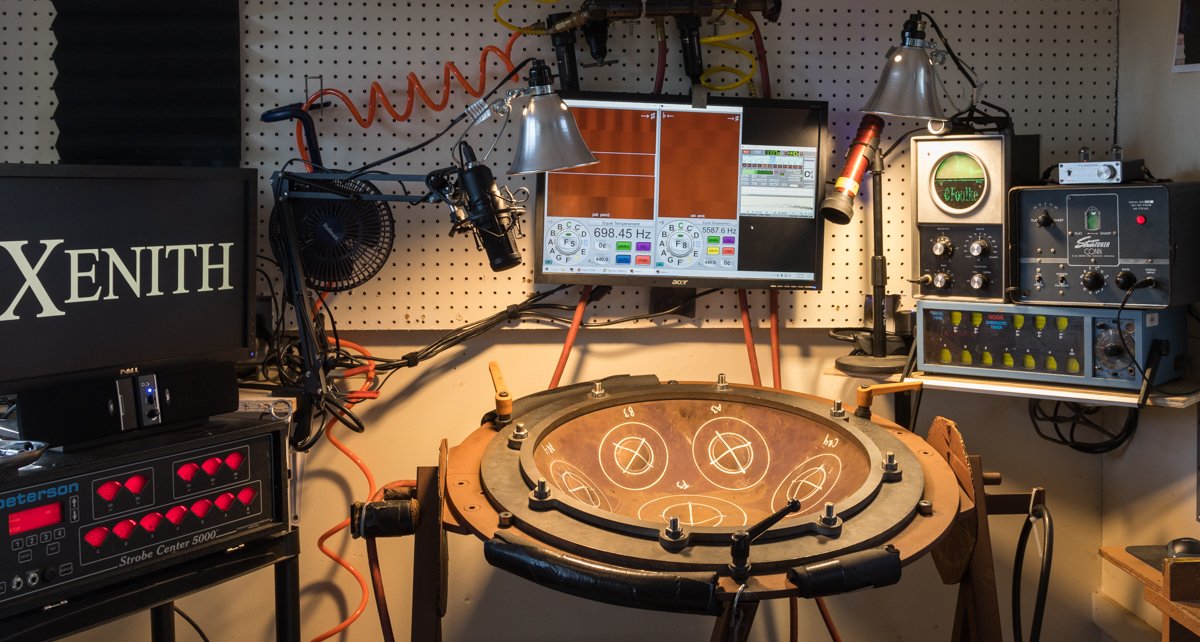Who’s your tuner?
What is a handpan?
I have heard this question so many times over the years and typically have a stock answer. Looks like this, sounds like that, evolved from steel pans, etc. Having hit them with hammers for a decade, my answer is now a little different. Allow me to explain.
Picture how a spring that is compressed under a weight has stored energy or potential energy. If that weight was removed that potential energy would be converted to kinetic energy and the spring would expand.
A handpan note is not that different. When I tune a note, I am hammering it down and compressing it. Similar to the compressed spring, a tuned handpan note is under a great deal of compression. The use of compression is what limits handpans to a select few types of metal that won’t buckle when compressed. Buckling is like the bottom of an oil can flipping back and forth or a Snapple bottle cap popping. The material must be able to not only withstand the compression of tuning, but continue to hold that state of compression.
As I’m tuning, I’m transferring kinetic energy through hammer blows. That kinetic energy gets stored in the note, via compression, and becomes potential energy. That stored energy is what keeps the note in tune long term. The stored energy is from the day, the hour, minute, and second that I was working on that note. With any instrument, the crafter is part of the instrument–it is a reflection of them at that particular point in time. Unlike most instruments, handpans are not tuned by their owners (in fact we highly discourage it!). Meaning, when you play any handpan, you are interacting with the energy of whoever tuned it, from the day they tuned it.
The act of tuning requires a great deal of focus; one must be mentally present in order to be successful. On days when I’m tired, stressed, or otherwise distracted, I typically don’t tune. My hope is that when I choose to tune, I’m at my best. Doing so means I’m more likely to be successful but it also means that what I tuned that day will store my energy for years to come. Moreover, I know someone will spend those years interacting with my energy as the person who plays it.
To play a handpan the player must expend kinetic energy. They input their kinetic energy through their hands to strike the note, and in doing so are interacting with my energy that is stored in the instrument. My stored energy keeps the note in tune and the player’s input energy is what activates the vibration in the note. This interplay is what generates the sounds we know and love.
So what is a handpan? Is it a musical instrument? An interactive energy time capsule? Moreover, who tuned your handpan and whose energy are you interacting with? As the greater handpan market grows and evolves I would encourage prospective buyers to ask themselves this question. It’s amazing that you can click-buy-ship a handpan these days but it does raise the question, “Who’s your tuner?”


